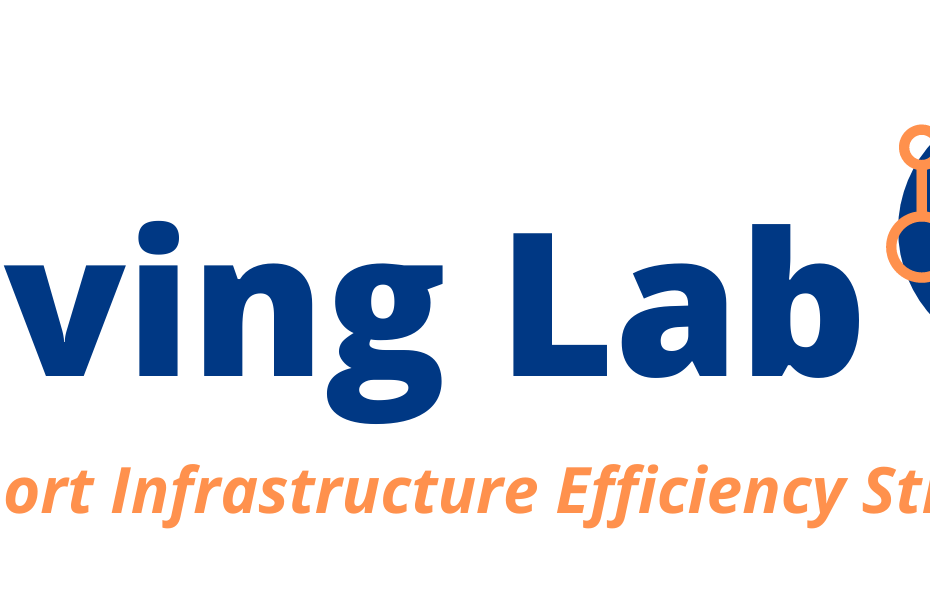Procurement and technical approval rules hamper innovation in transport infrastructure, says TIES Living Lab Programme lead and NSAR chief executive Neil Robertson.
These obstacles mean the sector lags behind others in terms of modernisation, but the TIES Living Lab aims to change that.
To accelerate the pace of modernisation the Department of Transport launched the two year Ties Living Lab programme in July 2020, creating a space for the public and sectors to co-invest a total of £16.8M in innovation.
Over the two years, the government, 25 client partners, the Infrastructure Industry Innovation Partnership (i3P) and the Construction Innovation Hub have collaborated to support 10 innovations .
The Intelligent Infrastructure Control Centre (IICC) digital platform – which has the potential to improve data management and decision making – was one of them.
The IICC was developed by Costain in collaboration with software company SAP and Deloitte’s tech subsidiary Keytree. It connects multiple data sources to a single hub and provides visualisations. TIES Living Lab Project lead for IICC and Costain strategic growth manager Charlie Davies says the platform is targeted at anyone with complex data sets across a large portfolio of projects. He says it can speed up decision making processes.
Davies says that current data management practices have a lot of intervention steps and manual processes so it takes too long to compile reports and information used for making decisions.
“The business decision makers need accurate information quickly, from lots of different sources,” Davies says.
Single source of truth
When it came to developing a solution, Costain’s mission was to create a single source of truth – the practice of aggregating data from many systems within an organisation to a single location – that would improve the way data is presented.
Costain decided that “data virtualisation” through a cloud-based platform would be the best approach. Data virtualisation gives users fast access to data housed throughout an organisation, so it can be retrieved and manipulated regardless of data format or location.
The IICC can integrate data for a business as a whole, a portfolio of projects or a single project. It displays the data in real time, while it can also provide trend analysis and forecasting. The data is not stored by the platform, it is mirrored, reducing the data centre space needed by an organisation.
“IICC is essentially bridging the gap between the built environment delivery tools such as building information modelling and common data environments for users to translate asset information data into organisational decision making data,” Davies explains.
The data is divided into six different themes – so called “modules”. The carbon module incorporates carbon data sources to help users understand the net zero journey and carbon emission payoff period.
The business decision makers need accurate information quickly, from lots of different sources
The environment module draws from data on biodiversity, air quality, waste, noise and utilities from the Internet of Things, reporting systems and supply chain management systems.
The social value module displays data on employment, wellbeing and community engagement.
Standardised metrics for understanding estimation accuracy in comparison to live project controls output as well as benchmarks and baselines for assets have been incorporated into the productivity module.
The other two modules are the commercial one – which provides real time and near real time commercial reporting – and programme, which offers a single source of truth around project timelines.
Development
The first stage of the IICC’s development involved the undertaking of an eight-week proof of concept and a “minimum viable product” which validated all of their assumptions was created.
When developing the platform, the focus was on the “user rather than the data”, says Davies explaining that a series of user journeys was created.
The user-centric focus helped the software and development team identify decision makers’ responsibilities and challenges.
They opted for a modular approach when it came to the development of the different modules, working on one module at a time. Through Living Lab, they were able to discuss extensively with client partners’ subject market experts about user requirements, which helped significantly with the design of the modules.
The platform has been through multiple rounds of testing including end-to-end system and integration testing, security penetration testing and user acceptance testing.
It was also trialled through the Ties Living Lab programme.
Davies says: “It enabled an enterprise level view of all construction machinery activities by connecting-up multiple telematics systems to ensure innovation and best practice are transferred around use of plant across multiple UK construction sites.”
Having successfully tested it, Costain is looking to commercialise the product.
Efficiency Gains
Davies says that the IICC will allow companies to leverage their existing systems “with this intelligent layer sitting on top”, so they do not have to invest in new IT infrastructure.
He adds that the platform could also lead to a reduction in audit costs because the data is “available in real time, structured and in the right digestible format”.
The confidence decision makers can have when making a decision thanks to the way the data is presented on the platform, was highlighted as an important benefit by Robertson.
Davies adds: “You have that immediate validation that something is working or it isn’t working… allowing you to become much more agile, flexible as an organisation.”
News article sourced from New Civil Engineer.
